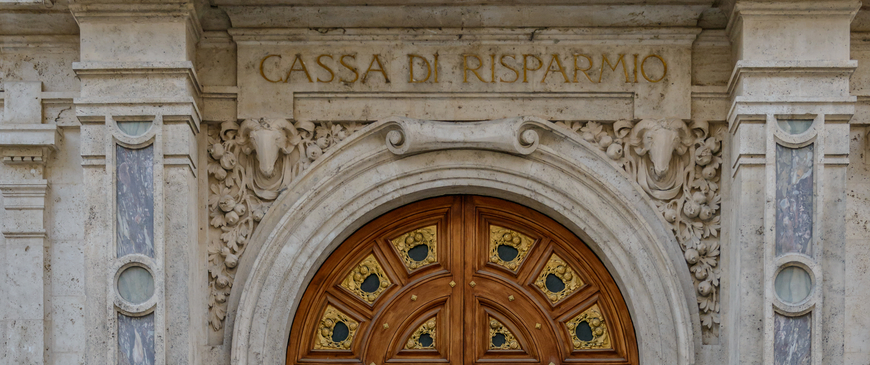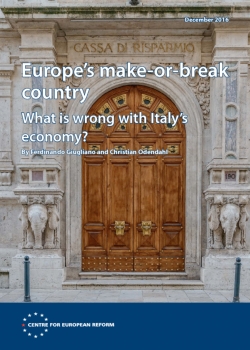
Europe's make-or-break country: What is wrong with Italy's economy?
After Matteo Renzi lost his referendum on constitutional reform and resigned, Italy returned to the European spotlight. Although it is a founding member of the EU, Italian public support for the European project is among the lowest in Europe; it is the eurozone’s third largest economy, but its economy is the same size as it was in 2000; and it still has the third largest sovereign debt burden in the world, after the US and Japan. Italy could yet pull the eurozone apart – and indeed the EU.
Italy's dismal economic record has two potential causes: its membership of the euro, and successive governments’ failure to reform the Italian economy.
Membership of the euro has not helped Italy. In the run-up to the crisis in 2008, imports and exports with its eurozone peers grew and inflation fell, but productivity growth slowed as low interest rates stimulated investment in unproductive sectors of the economy. And Italy’s total exports – to countries inside and outside the eurozone – grew only slowly over the euro’s first decade. Tight monetary and fiscal policies during the euro crisis made Italy’s situation worse, as did the European Central Bank’s failure to act as a lender of last resort to the Italian government until 2012. Italian banks, tied to the increasingly weak Italian economy and the highly indebted government, struggled to provide finance to more productive firms.
But Italy mostly has itself to blame. The abysmal productivity growth over two decades is also down to successive governments' failure to invest in infrastructure, research, education and skills; to make its public institutions and judicial system more efficient in order to help the most successful and productive businesses grow; to raise the employment rate of both men and women; and to promote the deployment of labour and capital to productive companies.
Solving Italy's economic problems will require further domestic reforms, including:
- cuts to employers’ social contributions and to job subsidy schemes, to encourage hiring of permanent workers by more productive firms, and more support for the unemployed, especially re-training;
- more investment in schools and universities, especially in the quality of teachers and academics;
- reduced bureaucracy to make it easier to start a business and pay taxes, and reform the justice system so that disputes are resolved more quickly;
- a swift and thorough consolidation and recapitalisation of Italy’s banking sector, preferably by raising capital on private markets; and
- switching expenditure from public consumption, such as the pension system, towards public investment.
The eurozone should support such efforts by making reforms of its own:
- keep monetary policy loose and ensure that the average fiscal stance of eurozone governments supports demand;
- change fiscal rules to encourage governments to invest more and consume less, including in Italy; and
- complete the banking union, which requires weaker states to reduce the amount of risk on their banks’ books, and stronger states to share risk in the form of common European deposit insurance.

